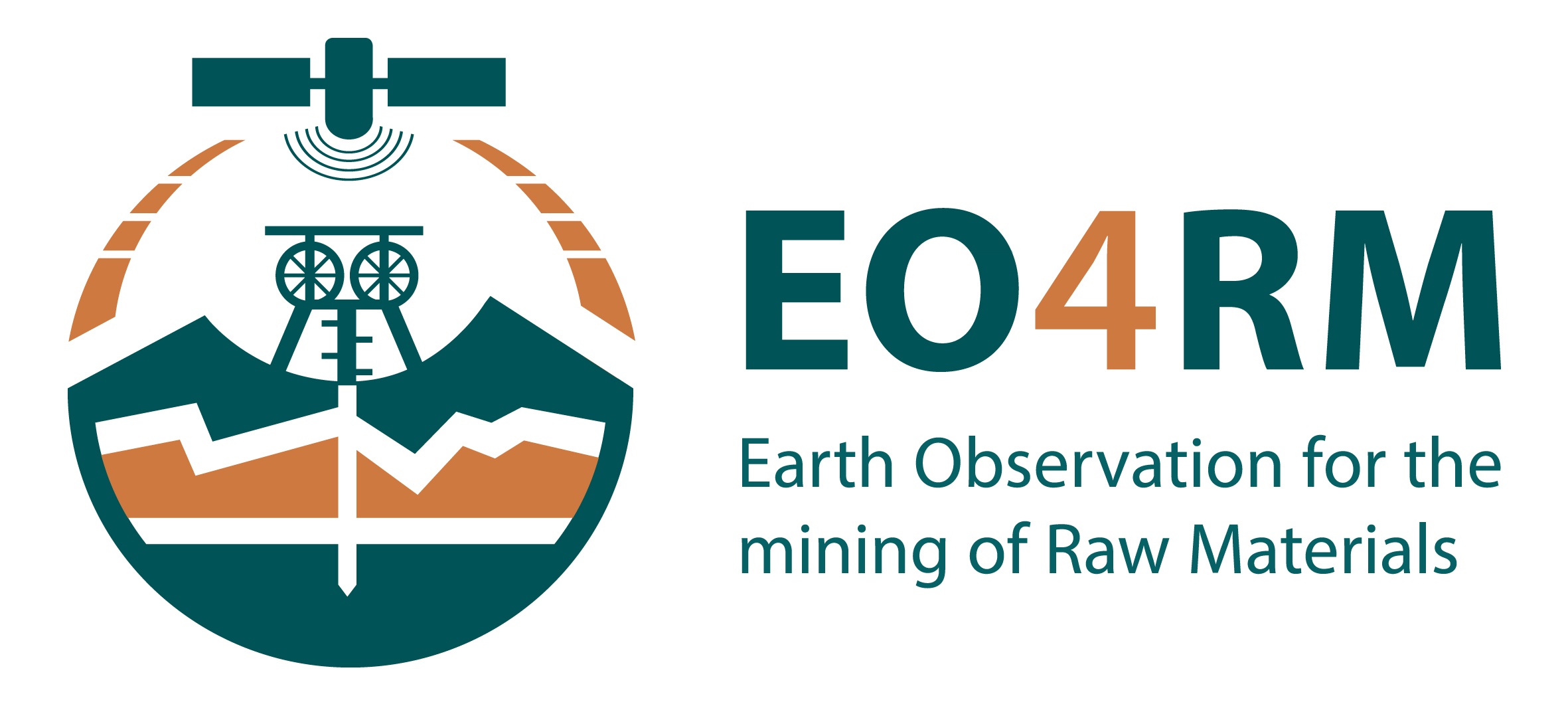Surface subsidence | ||||||||
Top: surface subsidence map, bottom: subsidence profile | ||||||||
PRODUCT DESCRIPTION | ||||||||
Category | ||||||||
|
| |||||||
Uses | ||||||||
| Monitoring the surface movements before, during and after underground operations | ||||||||
Challenges addressed | ||||||||
| ||||||||
Geo-information needs | ||||||||
| ||||||||
Description | ||||||||
This product provides information on the surface subsidence during underground operations, based on the satellite-based InSAR (Interferometric Synthetic Aperture Radar) technique. It provides mm-precise measurements over large areas on a weekly-monthly basis and can serve as scanning tool for the complete area above the mine and the direct environment. Depending on the satellite, up to 100,000 measurements per km2 can be obtained. Typical mining applications of this product are monitoring the subsidence of the ground on top of an underground mine, the effects of certain backfilling or ground support approaches and the effects of the mining operation on the environment and the surrounding infrastructure. The advantages are that large areas can be monitored on a regular basis, in a fully automated manner and without human intervention, providing a spatially dense view of the effects of underground operations. Furthermore, by using satellites, a uniform data format and quality can be obtained over all mines in the portfolio. InSAR is based on radar images, as acquired by various radar satellites. The products from these satellites differ in terms of number of measurements per km2, measurement frequency, price (free vs. paid imagery) and availability. In most locations worldwide there is imagery available dating back to 2015 and for some locations even back to 1992. Therefore, it is easy to obtain a baseline of the deformations around the mining area and thereby context of what is or has been happening. By using multiple satellites, vertical as well as horizontal (in the east-west direction) movements can be tracked. Triggers can be implemented to warn the mine operator if the subsidence is reaching pre-defined thresholds set by the regulator or when the above ground infrastructure is at risk. This allows for intervening before a potential accident happens and a more precise planning of backfilling/ground support strategies. | ||||||||
Known restrictions / limitations | ||||||||
The highest measurement frequency that current satellites can obtain is once per couple of days, which could be too low for certain applications. If the deformations leading up to a failure can occur in the timespan of minutes/hours rather than days, other systems for intervention are required, such as GPS or ground-based radars. The satellite’s ability to accurately measure surface subsidence is dependent on the reflectivity characteristics of the surface. For some specific locations/cases (e.g., vegetated areas, forests, flooded areas), the satellite might not be able to obtain the requested measurements. | ||||||||
Lifecycle stage and demand | ||||||||
Exploration | Environmental Assessment and Permitting | Design, Construction and Operations | Mine Closure and Aftercare | |||||
| ■ | ■■ | ■■■■■ | ■■■■ | |||||
Exploration:
Environmental Assessment & Permitting:
Design, Construction & Operations:
Mine Closure & Aftercare:
| ||||||||
Geographic coverage | ||||||||
| Global coverage | ||||||||
EARSC Thematic Domain | ||||||||
Domain | Built Environment | |||||||
| Sub-domain | Urban Areas | |||||||
| Product description | Monitor Urban Surroundings | |||||||
PRODUCT SPECIFICATIONS | ||||||||
Input data sources | ||||||||
| Satellite | Sentinel-1 | TerraSAR-X | RadarSat-2 | COSMO-SkyMed | ||||
| Status | In operation | In operation | In operation | In operation | ||||
| Operator | ESA | Airbus Defence & Space | MDA | e-Geos | ||||
| Data availability | Public | Commercial, on demand | Commercial, on demand | Commercial, on demand | ||||
| Resolution (m) | 20x4 | 3x3 or 1x1 | 25x7 or 5x5 or 3x3 | 3x3 or 1x1 | ||||
| Coverage | Global | Global | Global | Global | ||||
| Frequency (days) | 6-12 | 11 | 24 | 4-16 | ||||
| Launch year | 2014 | 2007 | 2007 | 2007 | ||||
Website | link | link | link | link | ||||
Minimum Mapping Unit (MMU) | ||||||||
The satellite can detect very small features (~decimeters), provided that objects and/or surfaces of interest reflect well enough. Generally, solid, stable, angular objects are the best reflectors. | ||||||||
Accuracy / constraints | ||||||||
Thematic accuracy: The technique works best on solid, stable, angular objects like infrastructure, buildings, solid rock, etc. Water cannot be measured, and vegetated surfaces are more difficult to measure. Spatial accuracy: Dependent on the satellite resolution. The measurement can be located on sub-pixel level, typically in the order of 1-5 meters. Measurement accuracy: The deformation/movement of the infrastructure can be determined with a precision of around 1 mm/yr. | ||||||||
Accuracy assessment approach & quality control measures | ||||||||
The quality is assessed by automated, thoroughly tested, quality control algorithms, delivering validated results. The quality of the product and the approach taken are described in an automatically generated report, ensuring high quality and reproducibility. | ||||||||
Frequency / timeliness | ||||||||
Observation frequency: Depending on the satellite, varying from once per 4 to 24 days. Timeliness of delivery: Depending on the satellite provider, the service provider and the type of application (within 1-5 working days). | ||||||||
Availability | ||||||||
| ||||||||
Delivery / output format | ||||||||
| ||||||||
USE CASE | ||||||||
Delft region – The Netherlands (Source: Sensar) Monitoring surface subsidence to estimate future stress on underground drinking water pipelines. Differential ground subsidence can cause stress on underground infrastructure, leading to potential future leakages. By monitoring this with InSAR, the maintenance planning can be adjusted accordingly, in order to prevent damages and to save costs. | ||||||||




This page has no comments.